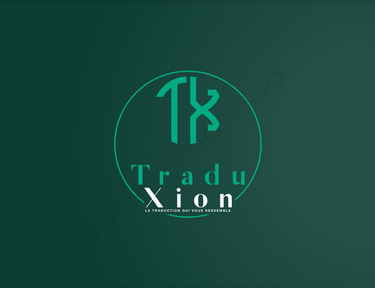From Data to Delivery: How AI Building Blocks Are Transforming Translation
AI is reshaping translation faster than ever—datasets, models, and smart tools are turning workflows upside down. From MCP servers to multilingual dubbing and live translation, the future of language services is unfolding now. Curious to see how? Dive in.
Jephté Bikoul Henock
8/22/20254 min read


From Data to Delivery: How AI Building Blocks Are Transforming Translation
Introduction
The language industry is entering a transformative era powered by Artificial Intelligence (AI). Translation and localization no longer rely solely on human expertise or even traditional Machine Translation (MT). Instead, we now see the rise of interconnected building blocks: massive multilingual datasets, advanced AI models, and specialized tooling. These components are reshaping workflows, business strategies, and even client expectations. But how exactly do they fit together—and what opportunities or risks do they bring?
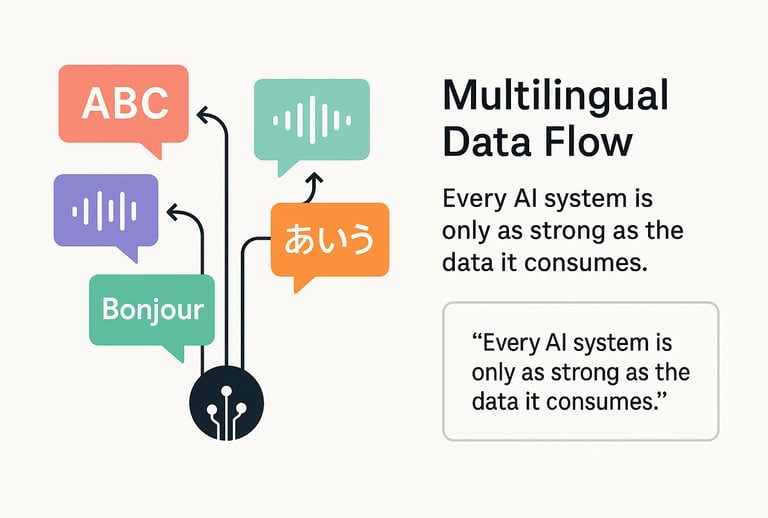

1. The Role of Datasets: Fueling the Machine
Every AI system is only as strong as the data it consumes. Recent initiatives highlight the centrality of curated, multilingual corpora in shaping performance.
LangMark (Welocalize + Duke): This large dataset focuses on Automatic Post-Editing (APE), designed to test how well Large Language Models (LLMs) and MT engines can refine translations. Instead of replacing humans, it benchmarks how AI can augment quality.
Granary (NVIDIA): By releasing speech datasets and models in 25 European languages, NVIDIA is setting the stage for new possibilities in multilingual speech recognition and translation. Speech-to-speech pipelines, once clunky, now promise real-time subtitling and dubbing at scale.
These datasets are more than academic curiosities—they shape the quality, inclusivity, and adaptability of AI systems. For example, languages often marginalized in MT research are beginning to find representation, a critical step for global communication equity.
2. The Models: Brains of the Operation
Once fueled by data, models take center stage. The ongoing race among tech companies demonstrates how fast innovation cycles have become.
GPT-5 and beyond: Industry buzz already circles around GPT-5’s capabilities for multicultural and multilingual content. While previous iterations excelled in English-centric tasks, newer models show tangible improvements in code-switching, context retention, and idiomatic translation.
AI dubbing by Meta: Beyond text, models are breaking ground in video localization. Meta’s AI-driven dubbing can replicate lip-sync accuracy, a leap from simple subtitle automation. For global creators, this democratizes access to audiences in new markets.
AirPods live translation (iOS 26 beta): Apple is signaling that AI translation is no longer a backend-only service—it’s becoming a wearable experience. Imagine seamless interpretation during conferences, travel, or customer interactions.
These advances mean that “translation” is no longer a static deliverable. It’s becoming a service embedded directly into devices, platforms, and content ecosystems.
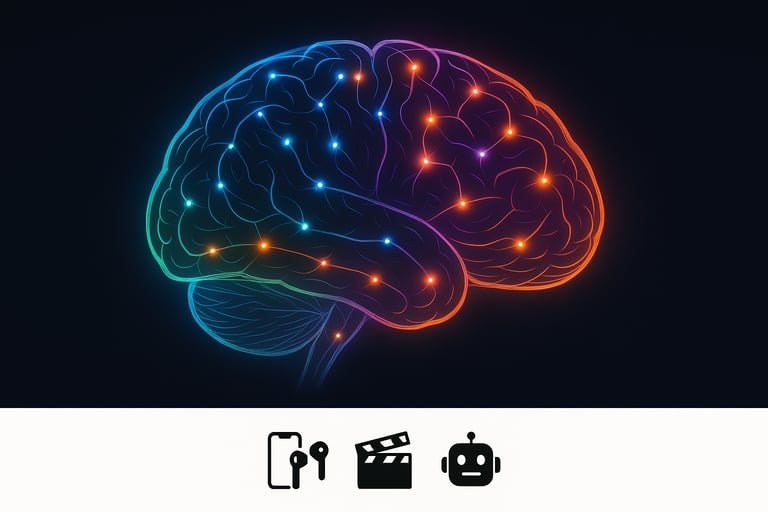

3. The Tooling: Making AI Usable
Models are impressive, but without integration, they remain abstract. Tooling bridges the gap between raw AI power and user-friendly workflows.
Smartling MCP server: The adoption of the Model Context Protocol connects translation AI to developer tools and agentic workflows. This reduces friction for companies already working in environments like VSCode or project management systems.
Vistatec’s AI-forward services: Human + AI positioning reflects the reality that neither side alone can deliver at the speed and quality demanded. Tooling here is less about automation and more about orchestration—where humans decide, AI assists, and clients benefit.
Slator podcast lessons: Finding product-market fit for language AI often depends less on the sophistication of the model and more on how it integrates into existing LSP or client ecosystems. The “plumbing” is where adoption lives or dies.
4. Media Localization: The Showcase Use Case
Perhaps the most visible application of these building blocks is media localization. With Meta’s AI dubbing, NVIDIA’s speech data, and IWSLT’s findings on live subtitling, we see a trend: content is increasingly global by design.
This is where datasets (speech corpora), models (lip-sync, speech synthesis), and tools (integrated dubbing workflows) converge. A streaming service, for instance, could now release a show simultaneously in multiple languages with dubbing that feels natural—not mechanical.
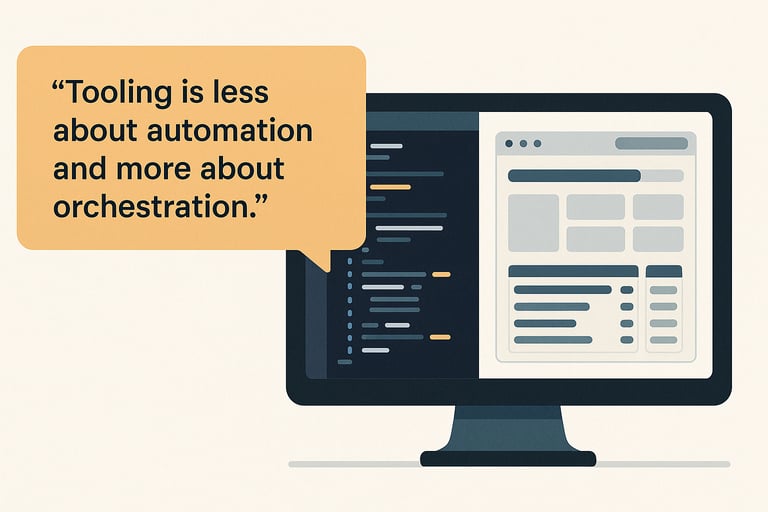

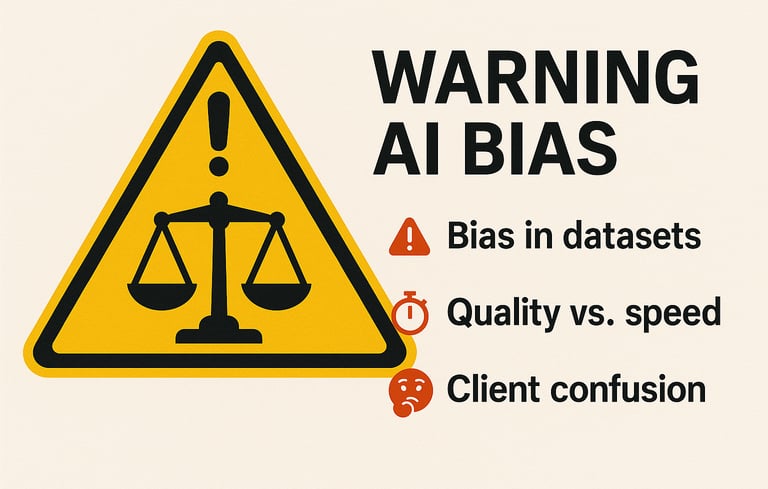

5. Risks and Challenges
But let’s not romanticize too quickly.
Bias in datasets: If most training data comes from dominant languages, marginalized communities may be left behind.
Quality vs. speed: While tooling accelerates turnaround, unchecked automation risks undermining trust if errors slip through.
Client confusion: Not every buyer understands the difference between “AI translation” and “human review.” Clear communication becomes a must for LSPs.
6. Opportunities for Language Service Providers (LSPs)
For companies like TraduXion, this landscape opens strategic options:
Productization: Packaging AI-enhanced translation not just as a service but as a feature (e.g., “real-time subtitling for corporate webinars”).
Advisory role: Helping clients navigate which datasets, models, or tools best align with their brand voice and compliance needs.
Voice integration: Expanding into voice-over services using AI-assisted dubbing, paired with human review for quality and cultural nuance.
The keyword is augmentation—positioning AI as an enabler rather than a replacement.
Conclusion
AI’s building blocks—datasets, models, and tooling—are no longer isolated developments. They are converging into an ecosystem that will redefine translation, media, and global communication. For translators, LSPs, and clients alike, the challenge lies not in resisting these changes but in learning how to orchestrate them.
Translation has always been about building bridges. With AI, those bridges may be faster, broader, and more scalable than ever—but they still need human architects to ensure they stand strong.
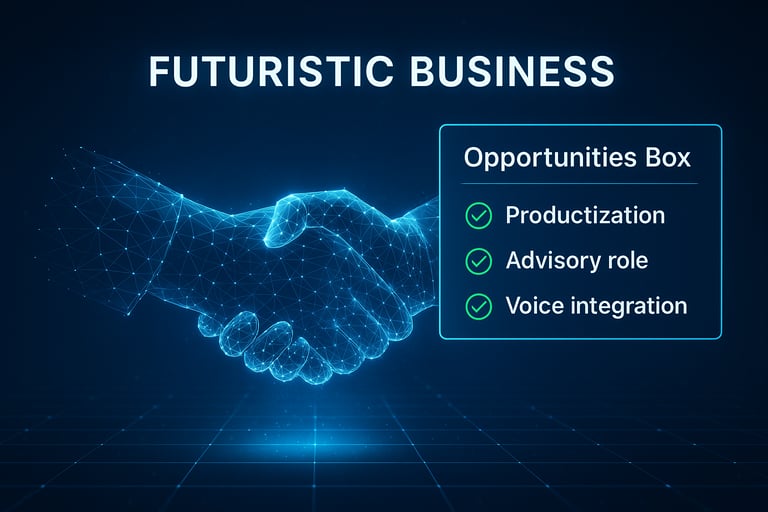

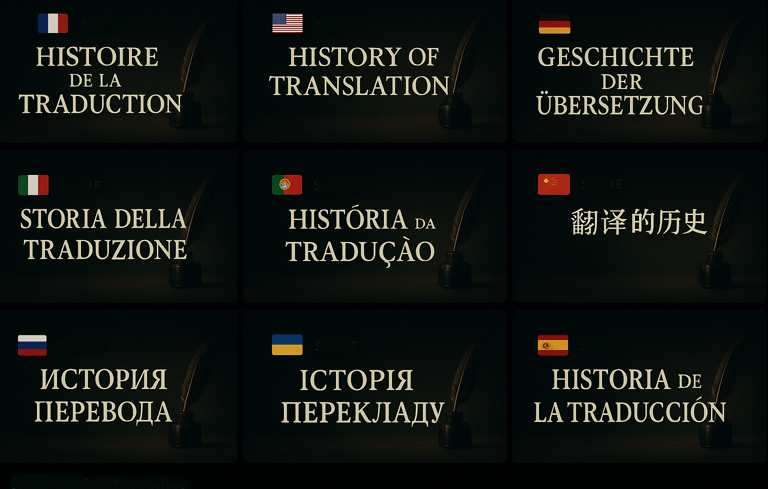

Services
Support
Newsletter
infos@traduxion.online
+237 679490108
© 2025. All rights reserved.
How we work
I authorize the processing of my personal data pursuant to Legislative Decree 196 of 30 June 2003 and art. 13 GDPR (EU Regulation 2016/679)
